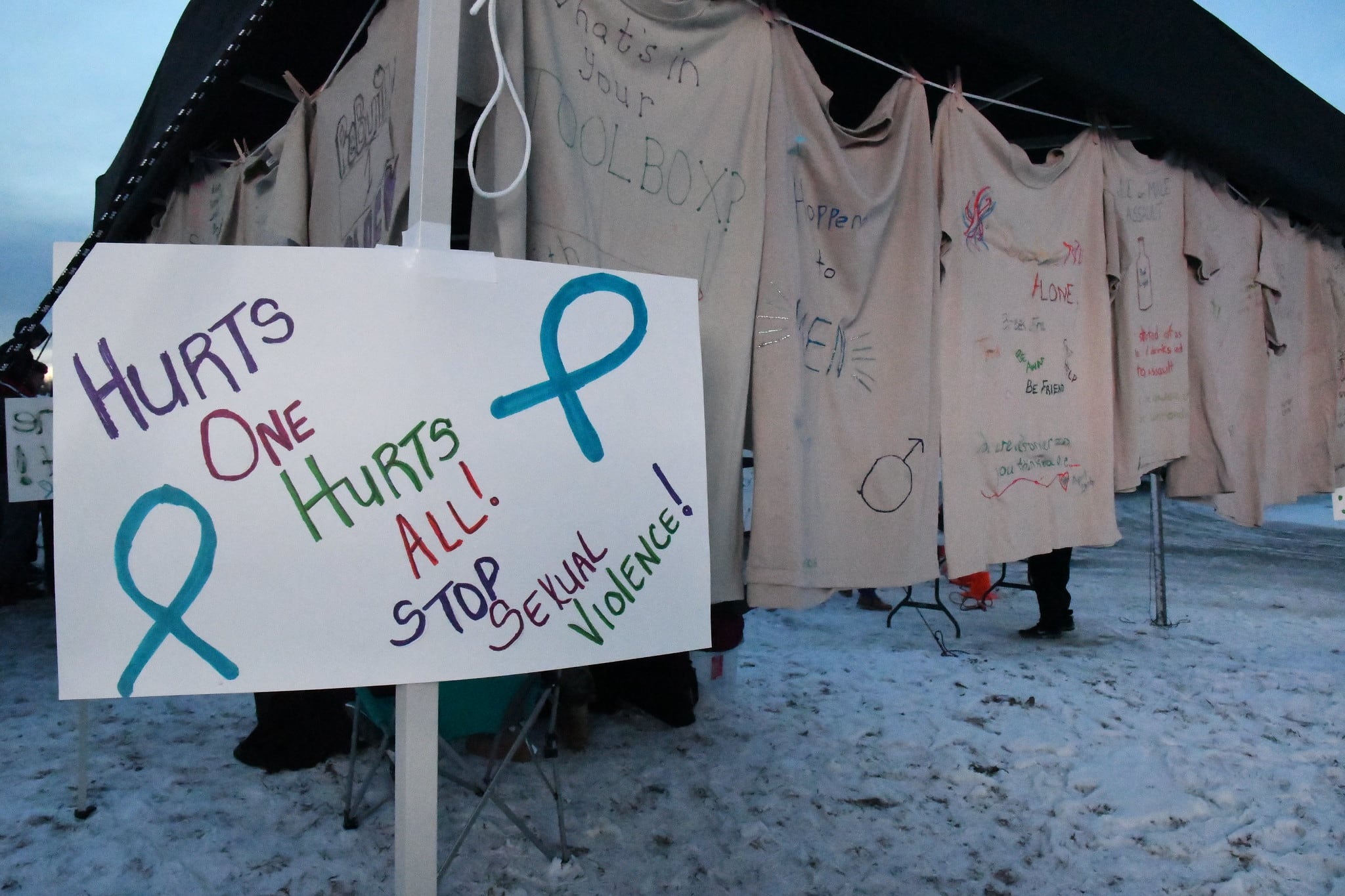Just 27 percent of sexual assault survivors file official reports with their chains of command, according to a recent Rand Corp. study, and the fear of retaliation may play a huge factor.
Of those surveyed, 31 percent of men and 28 percent of women said they experienced retaliation after a sexual assault, whether they reported the incident or not. According to previous data, 52 percent of survivors who filed a report said that they experienced retaliation.
“While perceived retaliation (social and professional) was highest among female victims who filed an official report, risk did not drop to zero among those who told no one or disclosed only to covered reporters,” like chaplains, who do not have to file unrestricted reports, according to the study’s findings. “For these victims, the source of the perceived retaliation may be the perpetrator or someone in the perpetrator’s confidence.”
Which is to say, researchers believe that retaliation by those who know of an assault might be used as a tactic to bully a survivor out of reporting. For those who report, retaliation can intimidate them out of cooperating with an investigation, or simply punish them for bringing scrutiny to their units.
That might look like anything from singling out or socially ostracizing a survivor, to taking disciplinary action against a survivor who may have been underage drinking at the time of an assault, or negative performance reviews that could hamstring career advancement.
Rand’s research shows that while 27 percent of survivors file a restricted or unrestricted report, another 33 percent only disclose to family or friends, and a full 40 percent never tell anyone.
This data is extrapolated from the Defense Department’s Workplace and Gender Relations Survey of Active Duty Service Members.
In 2014 Rand — using data culled from 170,000 respondents — estimated 20,000 sexual assaults within the services, with 1 percent of men and 5 percent of women experiencing an assault that year, while estimating that 15 percent of women and 2 percent of men are assaulted at some point in their careers.
Low reporting numbers mean the military does not know precisely how many sexual assaults occur within its ranks every year, because of thousands of restricted or unrestricted reports, thousands more assaults go unreported.
RELATED

Leaders have stressed the importance of reporting as a way to hold perpetrators and organizations accountable, but the fear of reprisal ― physical, social, professional ― keeps many survivors silent, Rand estimates.
Even the perception of retaliation is detrimental, according to the report, because it creates a culture where survivors are less likely to report their assaults.
Risk factors for retaliation include whether the assault was part of a hazing ritual, whether the survivor or perpetrator were consuming alcohol at the time of the assault, whether there was more than one assailant and whether the assailant was senior-ranking or in the survivor’s chain of command.
Rand recommended that, as part of the sexual assault response program, leaders, health care providers and victim advocates need to assess a survivor’s risks for retaliation and build that awareness into a response plan,” so that they are better prepared to monitor the environment and intervene to prevent and respond to retaliatory actions against sexual assault victims.”
DoD also doesn’t have a great way to measure how much retaliation is going on, because the workplace survey only includes fields to share experiences with retaliation for those who have filed reports.
“...our analyses suggest that this approach will neglect the negative events faced by nonreporting victims,” the report reads. “Indeed, failing to capture retaliation against victims who do not file an official report may exclude those for whom retaliation was successful in preventing the victim from reporting the crime.”
Meghann Myers is the Pentagon bureau chief at Military Times. She covers operations, policy, personnel, leadership and other issues affecting service members.




